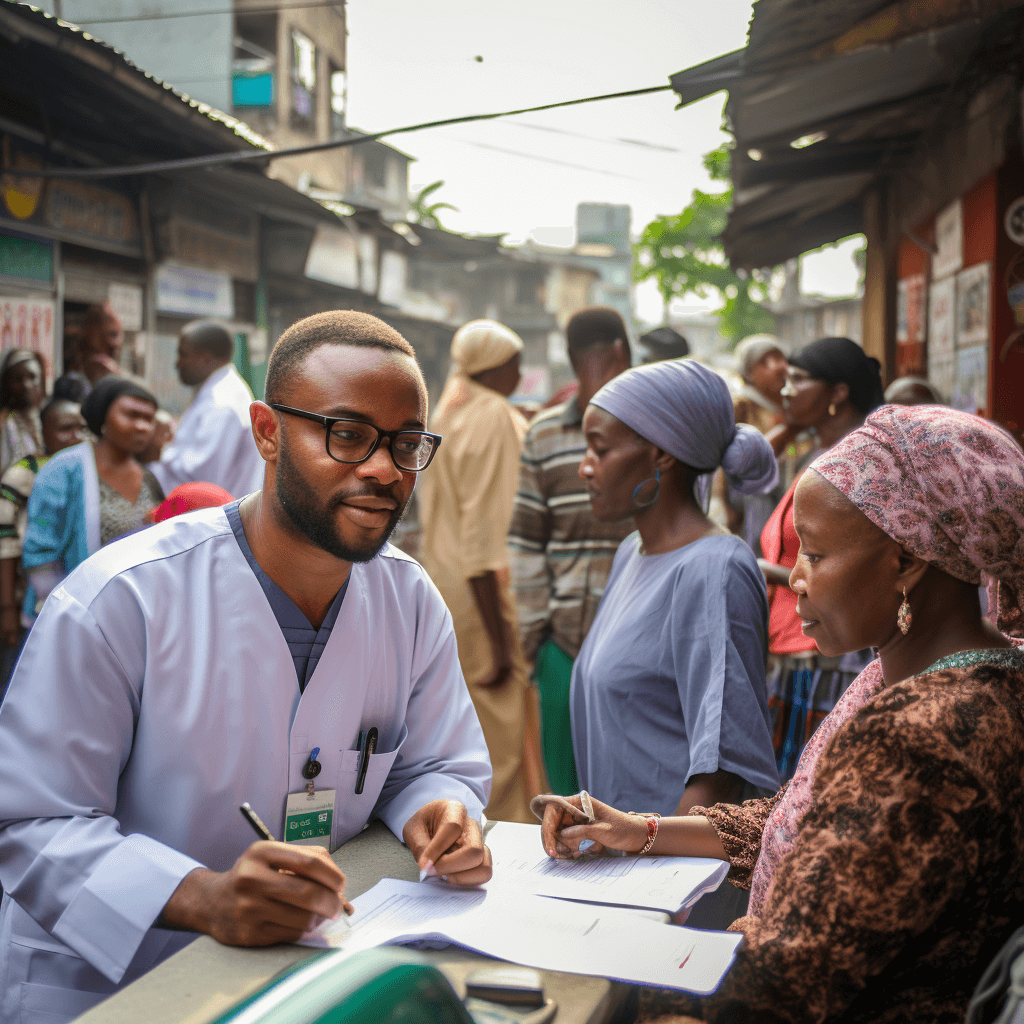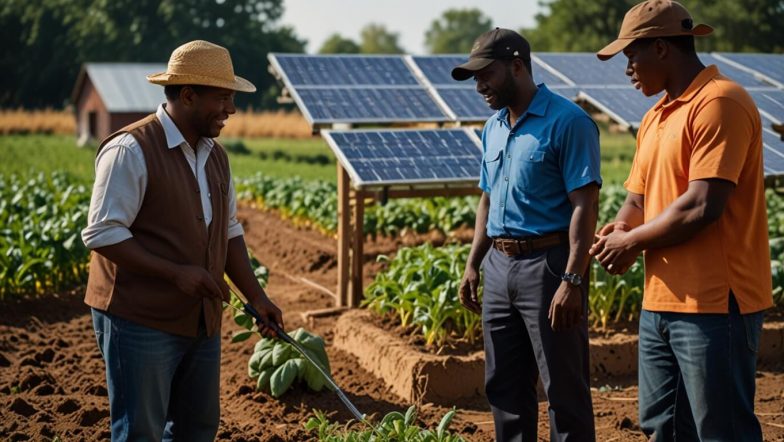Introduction:
The right to health is fundamental, ensuring every individual’s access to timely and appropriate
healthcare. For communities, understanding and advocating for this right can transform lives and
foster holistic well-being.
- What is the Right to Health?
More than just the absence of disease, the right to health encompasses access to timely medical
care, clean water, nutritious food, and a healthy environment. It is intertwined with other human
rights, such as the rights to housing, work, and education. - Barriers to Accessing Healthcare:
Many communities, especially in underserved regions, face obstacles in accessing healthcare. From
geographical barriers to financial constraints and cultural stigmas, understanding these challenges is the first step in addressing them. - The Role of Community Health Workers:
Community health workers bridge the gap between formal healthcare systems and communities.
They play a crucial role in educating individuals, offering basic medical care, and advocating for
improved health services. - Grassroots Movements – Advocacy at its Best:
Localised movements, driven by community leaders and activists, can bring about meaningful
change. By rallying for better health infrastructure, policies, and awareness, these movements
empower communities from within. - The Future: Digital Health and Telemedicine:
Technological advancements are reshaping the healthcare landscape. For remote communities,
telemedicine offers a glimpse of hope, providing expert consultations without the need to travel long distances.
Conclusion:
The right to health, while fundamental, is not always accessible to all. By empowering communities
with knowledge and resources, we can pave the way for a healthier, more equitable future for
everyone.






Leave a comment